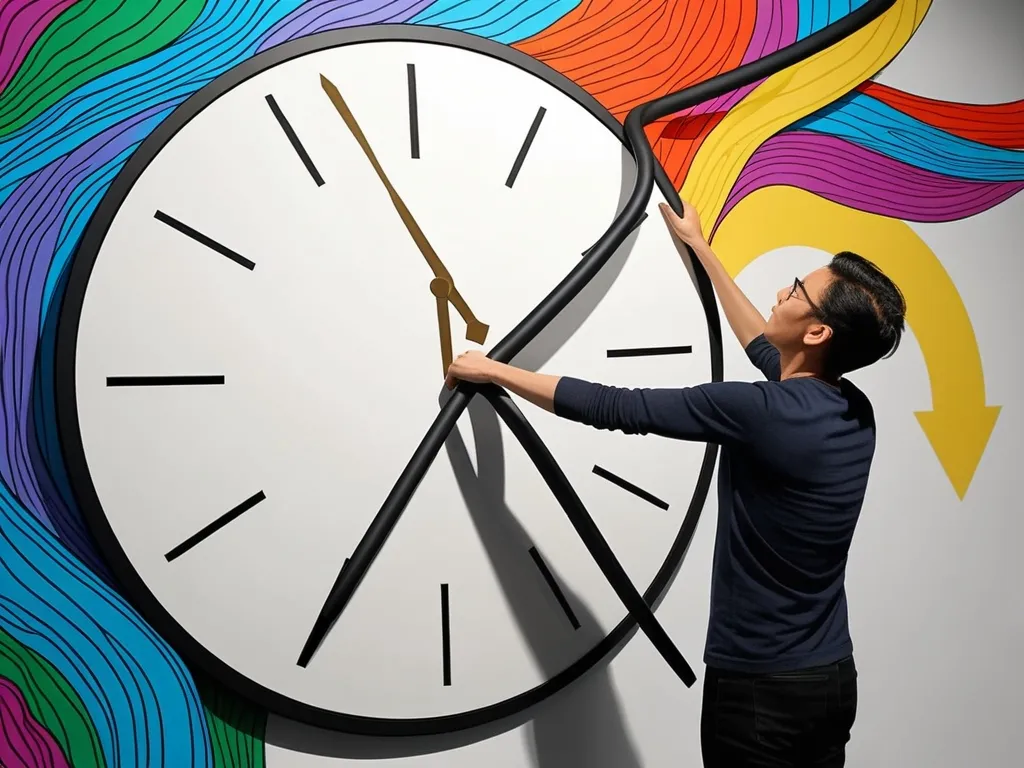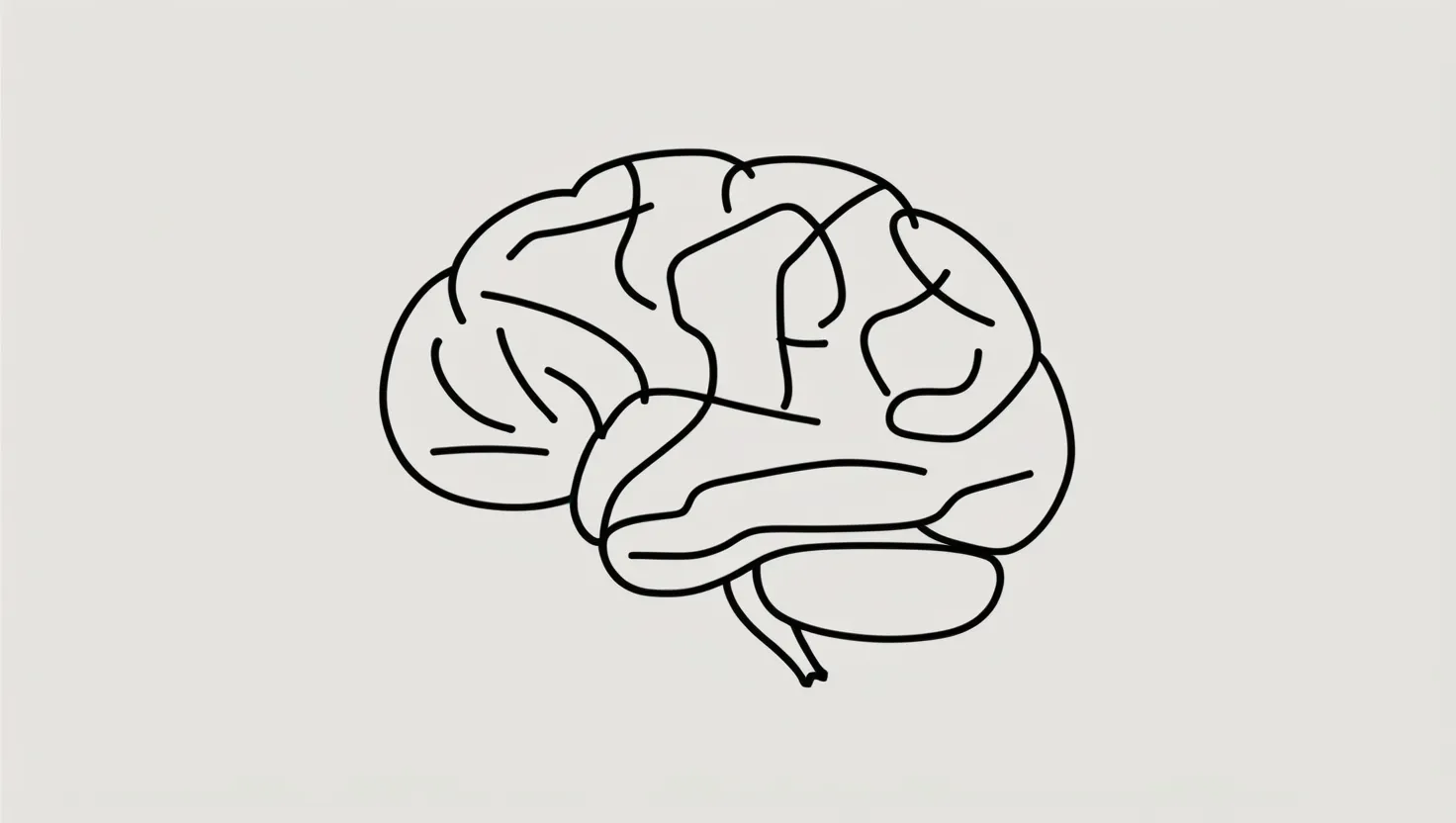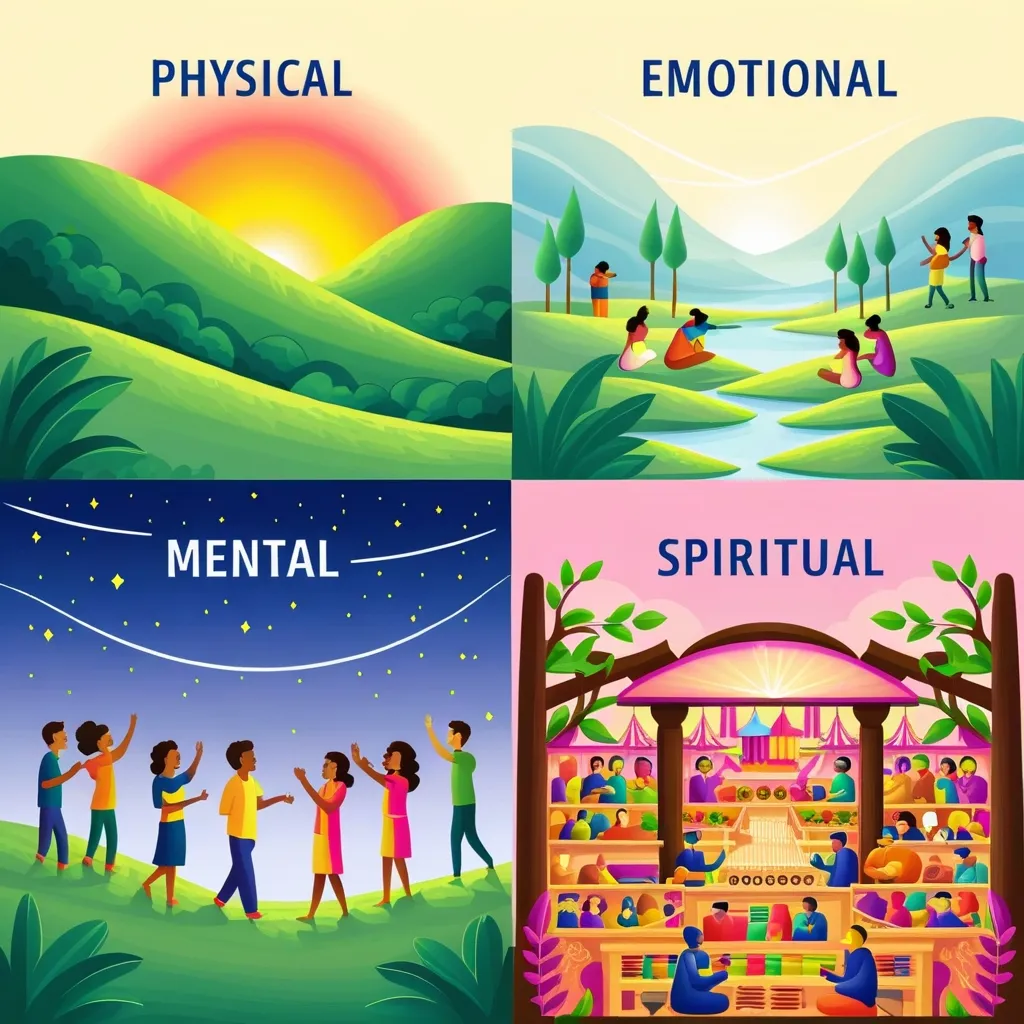Imagine a day where time isn’t just a rigid sequence of hours, but a flexible and malleable construct that you can manipulate to enhance your productivity. While the concept of bending time scientifically might seem like the stuff of science fiction, there’s a more practical and psychological approach to making the most out of your day.
Understanding Time Perception
Time, as we experience it, is not just a physical phenomenon but also a deeply psychological one. Our perception of time can vary significantly depending on what we are doing. For instance, time seems to fly by when we are engaged in activities we enjoy, such as hobbies or spending time with loved ones. On the other hand, it can drag on interminably when we are bored or stuck in a mundane task.
This subjective nature of time is something we can leverage to our advantage. By structuring our day around these varying perceptions of time, we can create a schedule that feels less constrained and more aligned with our natural flow states.
The Psychology of Time Flow
The feeling that time passes is largely an illusion created by our brains. In reality, time itself doesn’t flow; it’s our conscious awareness that changes from moment to moment. This illusion is similar to the dizziness you feel after spinning around – it’s a sensation created by our inner ear and brain, not an actual movement of the world around us.
Understanding this psychological aspect of time can help us manage our day more effectively. For example, if you find that time seems to speed up when you’re in the midst of a creative project, you can allocate larger blocks of time for such activities. Conversely, if certain tasks make time feel like it’s dragging, you can break them down into smaller, more manageable chunks.
Creating Time Blocks
One of the most effective ways to harness the elasticity of time is by using time blocks. Instead of having a rigid schedule where every hour is filled with a specific task, you can create blocks of time that align with your natural productivity cycles.
For instance, if you’re someone who feels most alert and focused in the morning, you can dedicate those hours to your most critical tasks. As the day progresses and your energy levels change, you can adjust your tasks accordingly. This approach ensures that you’re working in harmony with your body’s natural rhythms rather than against them.
Leveraging Flow States
Flow states, a concept popularized by psychologist Mihaly Csikszentmihalyi, are those moments when you’re completely absorbed in what you’re doing. During these times, you feel fully engaged, and your sense of time becomes distorted – hours can pass without you even noticing.
Identifying and replicating the conditions that lead to these flow states can be a powerful tool for productivity. If you find that you enter a flow state when working on a particular project, try to recreate the environment and conditions that led to that state. This could mean working in a quiet room, using specific music, or even wearing certain clothes that make you feel more focused.
Managing Boredom and Engagement
Boredom is one of the biggest enemies of productivity. When tasks feel monotonous, time seems to slow down, making it harder to stay motivated. To combat this, you can use the technique of “temptation bundling.” This involves combining a pleasurable activity with a boring one. For example, if you enjoy listening to podcasts but hate doing chores, you can listen to your favorite podcast while doing the dishes.
This approach not only makes the task more enjoyable but also speeds up your perception of time. By making the task more engaging, you can turn what would otherwise be a tedious experience into something more manageable.
The Power of Breaks
Taking breaks is often seen as a luxury or a distraction, but it’s actually a crucial part of maintaining productivity. When you work without breaks, your brain can become fatigued, leading to decreased focus and efficiency.
Using your breaks wisely can also help manipulate your perception of time. For instance, taking short breaks to do something enjoyable can make the time spent on tasks feel shorter. This is because your brain is given a chance to rest and recharge, making the subsequent work period feel more manageable.
Aligning Tasks with Energy Levels
Your energy levels fluctuate throughout the day, and aligning your tasks with these fluctuations can significantly impact your productivity. If you’re a morning person, tackle your most demanding tasks then. As your energy levels dip in the afternoon, switch to tasks that require less mental effort.
This approach ensures that you’re not fighting against your natural energy cycles. By working with your body’s rhythms, you can make the most out of your time without feeling exhausted or drained.
The Role of Mindfulness
Mindfulness plays a crucial role in how we perceive time. When you’re fully present in the moment, time seems to pass more smoothly. This is because mindfulness reduces distractions and helps you focus on the task at hand.
Incorporating mindfulness practices into your daily routine can help you stay present and focused. Simple exercises like deep breathing or short meditation sessions can make a significant difference in how you experience time.
Personalizing Your Schedule
Everyone’s perception of time is unique, and what works for one person may not work for another. The key is to personalize your schedule based on your own rhythms and preferences.
For example, if you find that you’re more creative in the evenings, don’t force yourself into a traditional 9-to-5 schedule. Instead, adjust your day to allow for more time in the evening when you’re at your most creative.
Avoiding Paradoxes of Productivity
While the idea of manipulating time might seem appealing, it’s important to avoid the paradoxes that can arise from over-optimizing your schedule. For instance, if you’re so focused on productivity that you forget to take breaks or enjoy your life, you might end up feeling burnt out.
Finding a balance between productivity and enjoyment is crucial. Remember, the goal is not to race against the clock but to dance with it – to make time an ally rather than an adversary.
Conclusion
Time is a flexible and subjective construct that can be harnessed to enhance our daily productivity. By understanding how our perception of time varies, creating time blocks that align with our natural rhythms, leveraging flow states, and managing boredom and engagement, we can turn what feels like a rigid schedule into a dynamic and creative process.
In the end, it’s not about bending time scientifically but about working in harmony with our own unique flow of time. By doing so, we can make each day feel less constrained and more productive, turning time into a powerful ally in our quest for peak productivity.





